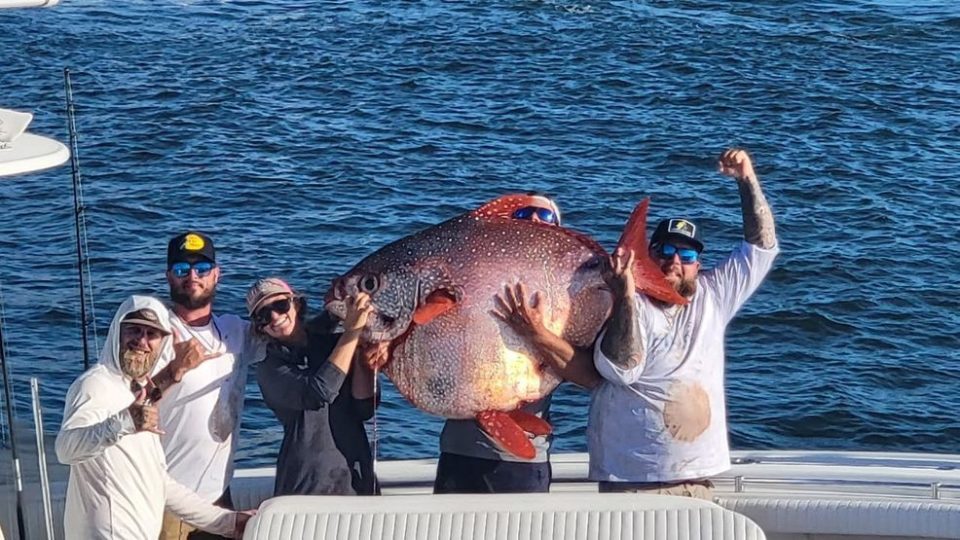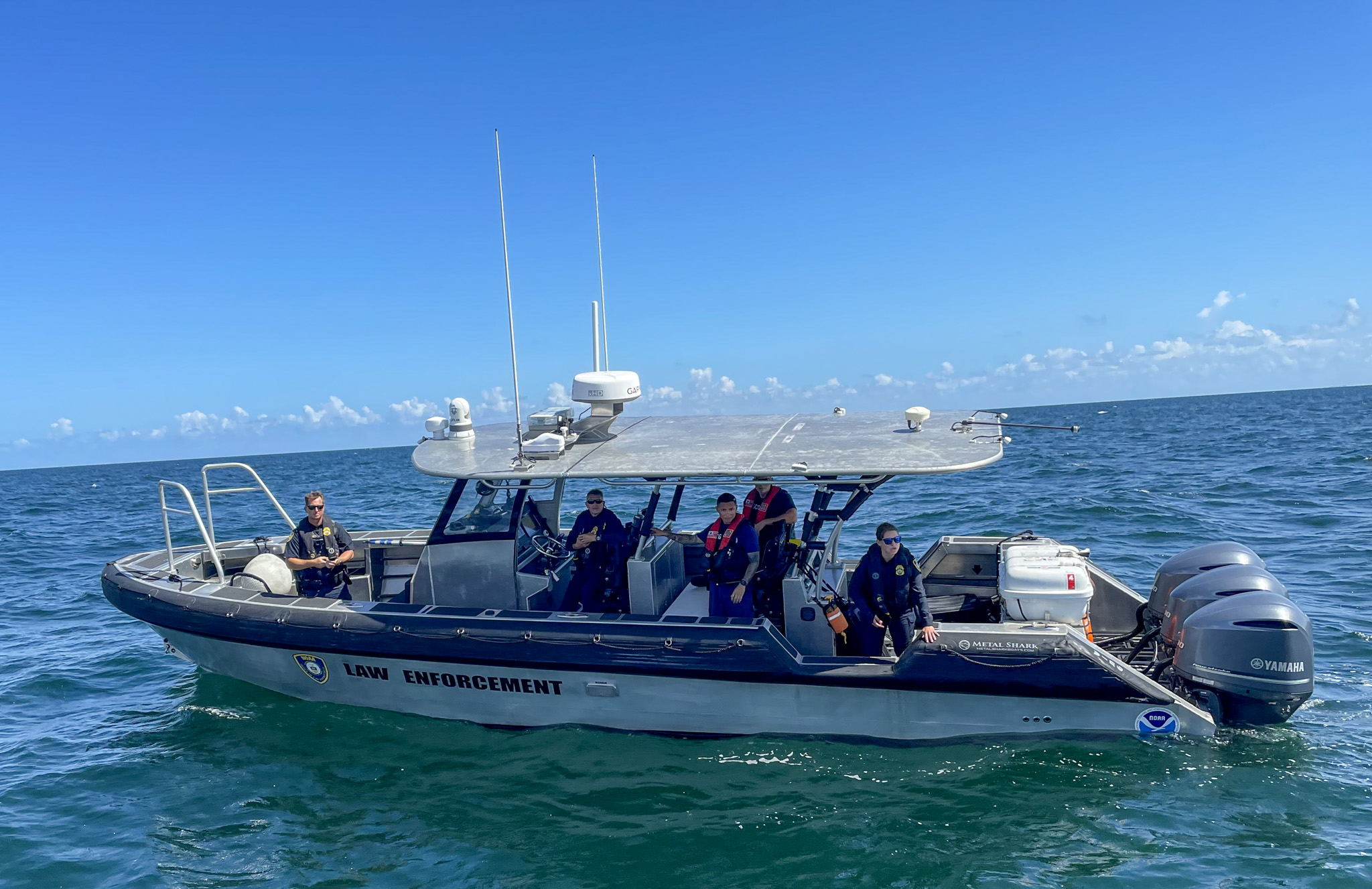Daily Fisheries Report - June 20, 2025
Rare Catches, Enforcement Actions, and Deep-Sea Mysteries
Historic First: Colossal Squid Captured on Film After 100 Years
After a century since its scientific discovery, the elusive colossal squid (Mesonychoteuthis hamiltoni) has finally been filmed alive in its natural deep-sea habitat. Scientists from the Schmidt Ocean Institute captured unprecedented footage of a juvenile colossal squid swimming at 1,968 feet deep near the South Sandwich Islands in the South Atlantic Ocean.
The juvenile specimen, measuring nearly one foot long, represents what researchers describe as a "teenager squid" - no longer possessing baby features like protruding stalked eyes, but not yet fully mature. Adult colossal squids can grow up to 23 feet long and weigh 1,110 pounds, making them the heaviest invertebrates on Earth.
Dr. Kat Bolstad from Auckland University of Technology described the animal as appearing "like a glass sculpture" in the high-resolution footage. The squid displayed remarkable transparency with the ability to switch between transparent and opaque states using specialized color-changing cells. CNN
Florida's Rare Hawaiian Visitor: 148-Pound Opah Catch
Fort Lauderdale angler Rex Lane experienced the fishing trip of a lifetime when he hauled in an extremely rare 148-pound opah (Lampris guttatus), commonly known as a moonfish. This marked only the second time since 2018 that this Hawaiian species has been caught in Florida waters.
The opah is not considered a major commercial species due to its rarity in fishing catches. These deep-ocean dwellers have unique biology and ecology that remain largely mysterious to scientists. Lane's catch was particularly exceptional compared to the previous 40-pound opah caught in Fort Lauderdale in 2018. NBC Miami
NOAA Cracks Down: $134,700 in Illegal Charter Fines
NOAA's Office of Law Enforcement has assessed over $134,700 in penalties against illegal charter operations across the Gulf of Mexico during 2024. The crackdown specifically targeted unpermitted charter operators during the 88-day Gulf red snapper recreational season.
Notable cases included the vessel Conch Too off Key West, whose captain was fined $5,750 for operating without proper federal permits. Texas Parks and Wildlife officers stopped another suspected charter vessel off Corpus Christi, resulting in a nearly $22,000 fine. NOAA enforcement officers conducted targeted patrols throughout the season working closely with state and Coast Guard partners. NOAA Fisheries
Deep-Sea Mystery Solved: 'Devious' Nudibranch Identified After 25 Years
Scientists at the Monterey Bay Aquarium Research Institute have finally identified a mysterious swimming creature that baffled researchers for nearly 25 years. The organism has been revealed as an entirely new family of nudibranch sea slug.
Named Bathydeviidae (reflecting its "devious" nature), this remarkable creature breaks all conventional rules for nudibranchs. Unlike its relatives that crawl along ocean floors, this species swims gracefully through the midnight zone using undulating body movements and jet propulsion. The creature's giant hood functions as an oral cavity that traps prey like a Venus flytrap, while producing brilliant bioluminescent displays. The New York Times
Antarctic Discovery: 100+ New Deep-Sea Species Found
Scientists have documented over 100 newly discovered deep-sea species during recent expeditions to the Southern Ocean and off Chile's coast, including new species of deep-sea corals, glass sponges, squat lobsters, and other previously unknown marine life.These discoveries highlight how much remains unknown about Earth's largest habitat, with scientists estimating between 700,000 and 1 million species may exist in the ocean. Each new species provides crucial insights into marine biodiversity and ecosystem functioning in Earth's most mysterious environments
